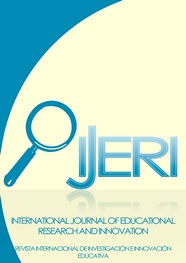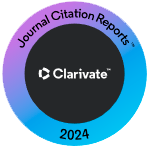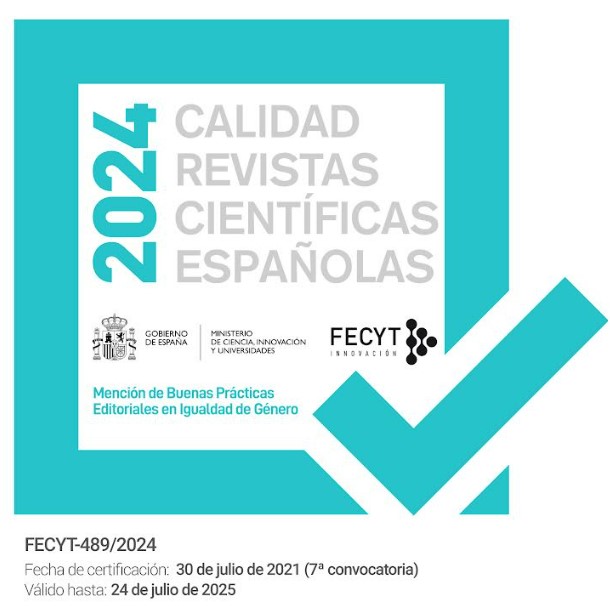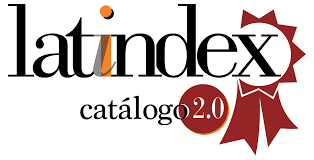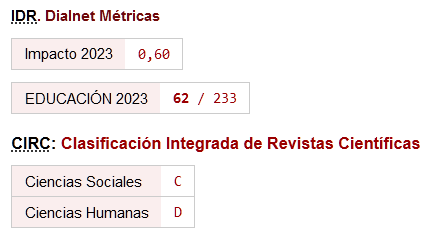Creating a Sustainable Competitive Advantage for Organizations Through the Implementation of Knowledge Management with the help of Modern Information Technology
DOI:
https://doi.org/10.46661/ijeri.3838Keywords:
Implementation of Knowledge Management, Sustainable Competitive Advantage, Modern Information Technology, Structural Equation ModelAbstract
Hoy, los rápidos cambios ambientales, organizativos y tecnológicos han creado un entorno competitivo complejo para las organizaciones. La tecnología de la información es una herramienta y una estrategia para que las organizaciones interactúen con estas complejidades y cambios. El presente estudio evalúa el papel mediador de la tecnología de la información moderna en relación con la gestión del conocimiento y la ventaja competitiva sostenible. Para verificar las hipótesis, se utilizaron dos valores críticos (CR y P) sustentado en el modelo de ecuación estructural. Basado en el nivel de significancia del 5%, el valor crítico debe ser mayor que 1.96. De acuerdo, con los resultados, para todas las hipótesis de investigación, este valor fue más de 1.96 y el valor de P fue menor al 5%. Se puede concluir que la tecnología de la información y la gestión del conocimiento tienen un impacto positivo y significativo en la creación y el desarrollo de una ventaja competitiva sostenible para las organizaciones. Por ultimo, se encontró que la tecnología de la información moderna es un importante papel mediador en la relación entre la gestión del conocimiento y la ventaja competitiva sostenible.
Downloads
References
Bazrkar,A.,Iranzadeh,S.(2017).Prioritization of Lean Six Sigma Improvement Projects using Data Envelopment Analysis Cross Efficiency Model. Quality-Access to Success,Vol.18,No.157,pp.66-72.
Bhatt, G., Emdad, A., Roberts, N., & Grover, V. (2010). Building and leveraging information in dynamic environments: the role of IT infrastructure flexibility as enabler of organizational responsiveness and competitive advantage. Information & Management, 47, 341–349.
Chang, J.C,King, W.R. (2005). “Measuring the Performance of Information Systems: A Functional Scorecard”, Journal of Management Information Systems, Vol. 22, No. 1, pp. 85-115.
Christmann, P. (2000). Effects of best practices of environmental management on cost advantage: the role of complementary assets. Academy of Management Journal, 43, 663–680.
Coltman, T., Dolnicar, S., Sharma, R. (2015). Do satisfied tourists really intend to come back? Three concerns with empirical studies of the link between satisfaction and behavioral intention, Journal of Travel Research, 52, 2, 152-178.
Donate, M.J., Pablo, J.D.S., (2015). The role of knowledge-oriented leadership in knowledge management practices and innovation. J. Bus. Res. 68 (2), 360e370.
Guimaraes, J.C. F,.Severo,E.A., Vasconcelos,C.R.M.(2018). The influence of entrepreneurial, market, knowledge management orientations on cleaner production and the sustainable competitive advantage, Journal of Cleaner Production,Vol.174.pp.1653-1663, https://doi.org/10.1016/j.jclepro.2017.11.074.
Gupta,G.,Tan,K.T.,Seng Ee,Y.,Phang,C.S.(2018).Resource-Based View of Information Systems: Sustainable and Transient Competitive Advantage Perspectives, Australasian Journal of Information Systems, 22, 1-9.
Hasanali, F. (2002). Critical success factors of knowledge management. [online] ://www.providersedge.com/docs/km_articles/Critical_Success_Factors_of_KM.pdf.
Hill, C. Jones, G.R., (2010). Strategic management theory, Houghton Mifflin Company. New York.
Jabbouri,N.I,Siron,R.Zahari,Ib.Khalid,M.(2016),Impact of Information Technology Infrastructure on Innovation Performance: An Empirical Study on Private Universities In Iraq, Procedia Economics and Finance, Vol. 39, pp. 861-869, https://doi.org/10.1016/S2212-5671(16)30250-7.
Kasemsap, K. (2015). The Roles of Information Technology and Knowledge Management in Project Management Metrics, Suan Sunandha Rajabhat University, Thailand.
Leavitt, H. J, Whisler, T.L. (1958). "Management in the 1980's," Harvard Business Beview, pp. 41.
Li, J., & Kozhikode, R. K. (2008). Knowledge management and innovation strategy: the challenge for latecomers in emerging economies. Asia Pacific Journal of Management, 25, 429–450.
Lohrke,F.T, .KetchenJr,D.J.(2016). “The role of information technology systems in the performance of mergers and acquisitions”, Business Horizons,Vol.5,No.1,pp.7-12.
Malhotra, Y. (2002), “Why knowledge management systems fail? Enablers and constraints of knowledge management in human enterprises”, in Holsapple, C. (Ed.) Handbook on Knowledge Management, Springer Verlag, Heidelberg, Vol 1, pp. 577–599.
Masa’deh,R., Shannak,R., Maqableh,M., Tarhini,A.(2017) "The impact of knowledge management on job performance in higher education: The case of the University of Jordan", Journal of Enterprise Information Management, Vol. 30 Issue: 2, pp.244-262, https://doi.org/10.1108/JEIM-09-2015-0087.
Naveed Baqir, Muhammad, (2004), Strategic Knowledge Management for Futuristic Organizations.
Nielsen, B. B., & Ciabuschi, F. (2003). Siemens Share Net: knowledge management in practice. Business Strategy Review, 14, 33–40.
Nonaka, I & Takeuchi H. (1995). The Knowledge-Creating Company Oxford University Press.
Porter, M.E., (1991). Towards a dynamic theory of strategy. Strategic Manag. J. 12,95e117.
Rusly, F., Sun, P. Y., & Corner, J. L. (2014). The impact of change readiness on the knowledge sharing process for professional service firms. Journal of Knowledge Management, 18, 687–709.
Shannak, R. (2010), “Knowledge-based systems support for strategic decisions”, European Journal of Economics, Finance & Administrative Sciences, 21 (1), 7-20.
Sprinkle, T. A., & Urick, M. J. (2016). Alternatives to the movie sandwich Habit: Practical approaches to using movies to teach leadership and power. Management Teaching Review, 1(2), 105–119.
Sultan, N. (2013). Knowledge management in the age of cloud computing and Web2.0: Experiencing the power of disruptive innovations. International Journal of Information Management, 33, 160–165.
Sveiby, K-E. (1997), The New Organizational Wealth: Managing and Measuring Intangible Assets, Barrett-Koehler, San Francisco.
Tanui, P.J, Omare,D, Bitange,J.B.(2016). INTERNAL CONTROL SYSTEM FOR FINANCIAL MANAGEMENT IN THE CHURCH: A CASE OF PROTESTANT CHURCHES IN ELDORET MUNICIPALITY, KENYA, European Journal of Accounting, Auditing and Finance Research, 4 (6), 29-46.
Torres,A.I, Ferraz,S.S, Santos-Rodrigues,H. (2018) "The impact of knowledge management factors in organizational sustainable competitive advantage", Journal of Intellectual Capital, Vol. 19 Issue: 2, pp.453-472, https://doi.org/10.1108/JIC-12-2016-0143.
Tseng, S., (2014). The impact of knowledge management capabilities and supplier relationship management on corporate performance. Int. J. Prod. Econ. 154,39e47.
Turban,E, Zhou,D, Ma,J.(2004). A group decision support approach to evaluating journals,Information & Management, 42 (1), 31-44.
Yaseen, S., Dajani, D. and Hasan, Y. (2016). The impact of intellectual capital on the competitive advantage: Applied study in Jordanian telecommunication companies. Computers in Human Behavior, 62, 68-175.
Ziraba A & Okolo C. (2018). The Impact of Information Technology (IT) Policies and Strategies to Organization’s Competitive Advantage, V421249, 22-24.
Downloads
Published
How to Cite
Issue
Section
License
Copyright (c) 2019 IJERI: International Journal of Educational Research and Innovation

This work is licensed under a Creative Commons Attribution-NonCommercial-NoDerivatives 4.0 International License.

